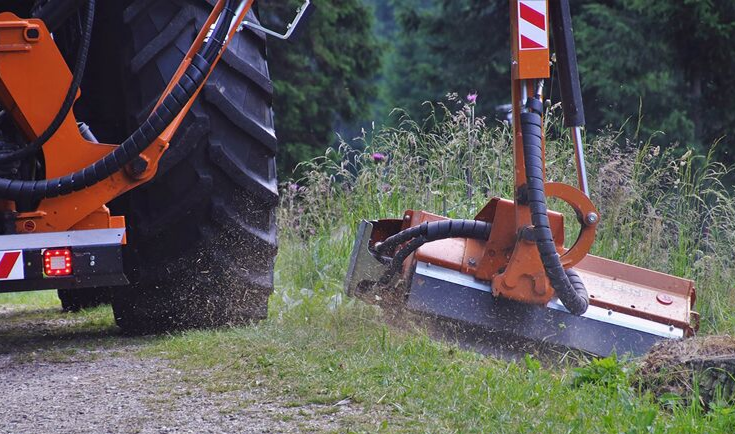Whether starting a business from the ground up or making updates to existing operations, there are a lot of choices when it comes to financing your qualifying business equipment. With choices, however, can come confusion.
In this article, we’ll explore the differences between equipment finance agreements and loans, and we’ll share some tips to help you make the best decision for your unique business.
The Difference at a Glance
An equipment finance agreement (EFA) and a loan can seem like the same thing. However, a closer look reveals that the two biggest differences between an EFA and a simple interest loan are 1.) EFAs have no stated interest rates, and 2.) there is no breakdown between principal and interest in EFA contracts.
More About Loans
A loan is borrowed money towards a purchase. If you choose an equipment loan, you would typically borrow only a portion of the money needed to purchase your equipment, making up the difference with a down payment. The debt of the loan appears on your balance sheet and the interest may be expensed and depreciated monthly.
Depending on how quickly you are paying your loan off and whether your payment is made on time, your principal and interest can vary month to month with traditional loans, so your payment can fluctuate over time. Your personal and business credit scores, length of time in business, annual revenues and total loan amount will also affect payment terms and interest rates.
Equipment Finance Agreements
EFAs differ from loans in that the finance charges are calculated into a stream of fixed contractual payments over the course of the chosen term. You are responsible for the gross contract amount, which is the sum of the contractual payments. With an EFA, your entire equipment purchase amount can typically be borrowed with no down payment. Also, you own the equipment outright and the debt appears on your balance sheet.
For example, in a 60-month term, the customer is responsible for all 60 payments. However, the customer can pay those 60 payments off at any time without a penalty. Unlike a principal and interest loan, early payments on an EFA do not reduce the amount of finance charges owed. If you are more conscious of the total amount of finance charges, lenders like Stearns Bank can shorten the term.
Advantages of an EFA
According to the Equipment Leasing and Finance Association, 79% of U.S. companies use some form of financing when acquiring equipment.
Small business owners choose to finance rather than purchase equipment outright for many reasons, including:
- Cash flow preservation – Financing saves small business owners money up front so they don’t have to dip into reserves that could be used for other needs.
- Convenience and speed – When using an EFA, the process can be completed in a shorter amount of time than with a simple interest loan.
- 100 percent financing – An initial down payment isn’t typically required with an EFA, while it is more likely required with a simple interest loan. EFAs can include shipping, training and installation, whereas consumers may have to pay those fees upfront with a simple interest loan.
- Flexible terms – Lenders like Stearns Bank offer custom payment options that align with industry-specific cashflow cycles. Such options can also mean an improved credit score because they make on-time payments more manageable.
- Tax advantages – Financing helps reduce tax liability and can be used to qualify as an operating lease for tax reporting purposes using Section 179. Under the Tax Cuts and Jobs Act, the annual deduction limit is $1 million and the highest annual investment limit for qualifying equipment purchases is $2.5 million.
- Innovation and upkeep – Equipment upgrades can be costly. Equipment financing gives businesses an option to get the equipment they need, or make improvements, while maintaining a strong working capital.
What Works for Your Business?
Every business uses some type of equipment – from laptops and phones to diagnostic machines and specialty vehicles. As we noted earlier, you have choices when it comes to obtaining the equipment you need to successfully operate your business.
The decision will depend upon your business’s financial situation and its goals. Always consult your tax advisor when making this important decision and speak with financing experts, like the ones at Stearns Bank, to gain insight with questions like:
- How quickly do you need the equipment?
- Do you need custom payment options to fit your cashflow cycle?
- What is the lifecycle of the equipment you need?
Combining expert financing guidance with your business understanding will make a world of difference when taking your next step in equipment finance.
Stearns Bank – Recommends that you consult your tax advisor about the affect of financing equipment on your business.
Stearns Bank – Is a nationally recognized full-service bank that helps move small business forward through equipment financing, commercial and real estate lending and banking products.
Subject to credit approval/qualifications. Some limitations may apply. Terms, conditions, applicable tax, shipping, insurance and closing costs may apply.

